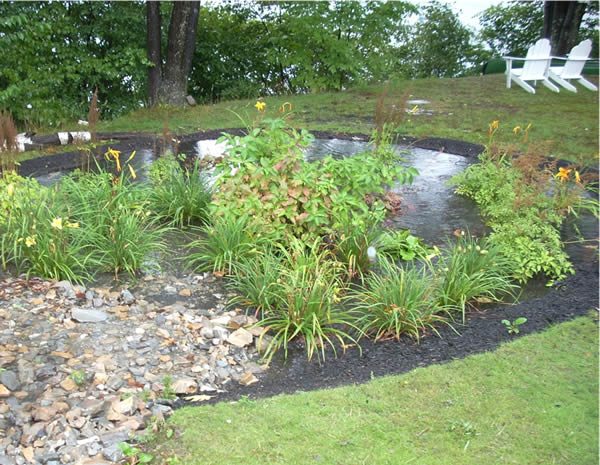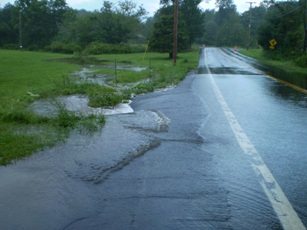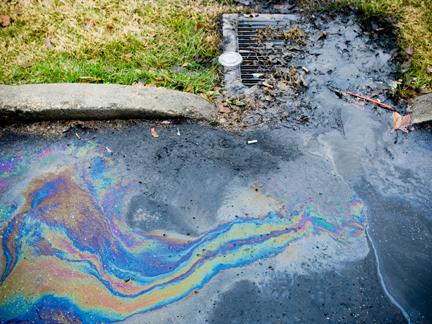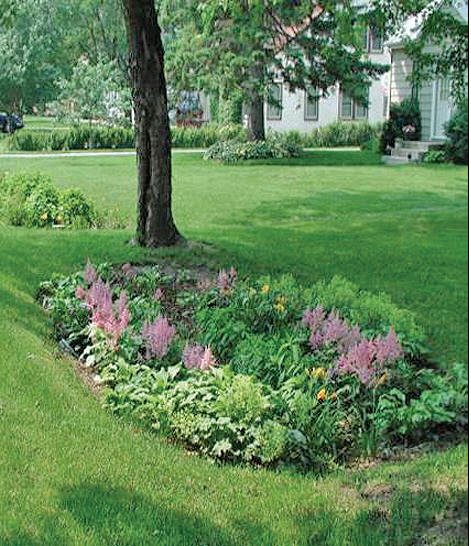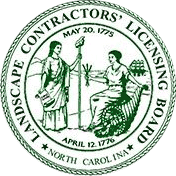We hope you all had a wonderful holiday! The weather has been odd here in North Carolina! Last week was the first week of Winter and we were seeing temperatures in the high 70’s! We’re loving all of the warm weather, but how about all of this rain? It was a wet holiday week here in North Carolina and this week is shaping up to be even wetter!
Are you one of those people who lives at the bottom of a hill or a slope? Do you have water buildup in your yard every time it rains? Can you look out your window and see a small pond in your yard right now? Does water sit around for days after the rain is long gone?
If you can answered yes to any of the above questions, it may be time to start thinking about installing a rain garden in your yard.
For those of you who don’t know, a rain garden is a garden designed to capture storm water (rain and snowmelt). While it is always nice to have rain (since plants need water to survive), excess storm water can be dangerous. Storm water that sits and is unable to be absorbed by the ground often runs into basements and streets, which causes flood damage. When storm water flows from yard to yard and down the street, it picks up chemical contaminants, soil, and debris along the way. This water then finds its way to storm drains and empties into lakes and rivers, most likely without treatment. When this happens, drinking water and animal habitats are affected.
Rain gardens help prevent this from happening, as they catch the storm water and naturally filter it into the plants and soil. While this concept has been around for quite some time, rain gardens are starting to become more popular. Finally! A trend that is actually a good thing!
Benefits of Rain Gardens
- Prevent storm water from building up all over the yard
- Removes pollutants from storm water
- Absorbs more water than traditional lawns
- Reduces water and flooding damage
- Makes a beautiful addition to your landscape
- Provides a great habitat for hummingbirds and butterflies
Here’s another benefit! Rain gardens require about the same amount of maintenance as regular gardens and actually require less maintenance over time. Fertilizing is not needed in rain gardens. In the first year, rain gardens will need regular weeding and watering. However, as the plants mature, weeding and watering won’t be required as much. It’s probably a good idea to fence in your rain garden to keep the animals out! Always be sure that there is no debris blocking the inflow and outflow of the rain garden.
But sitting water attracts mosquitos, right? Won’t that be an issue? Well, that’s true. Sitting water does attract mosquitos. However, if your rain garden has good drainage, the water will filter out before the mosquitos even have time to breed.
Rain gardens do well in the sun and shade. They make the perfect addition to any landscape where storm water may be an issue. In fact, it’s one of our specialties here at DesignScapes.
Ready to add one to your yard? We’d be more than happy to help! We’re experts! Give us a call today at 919-844-3441 or fill out the contact form below.
We look forward to hearing from you!
